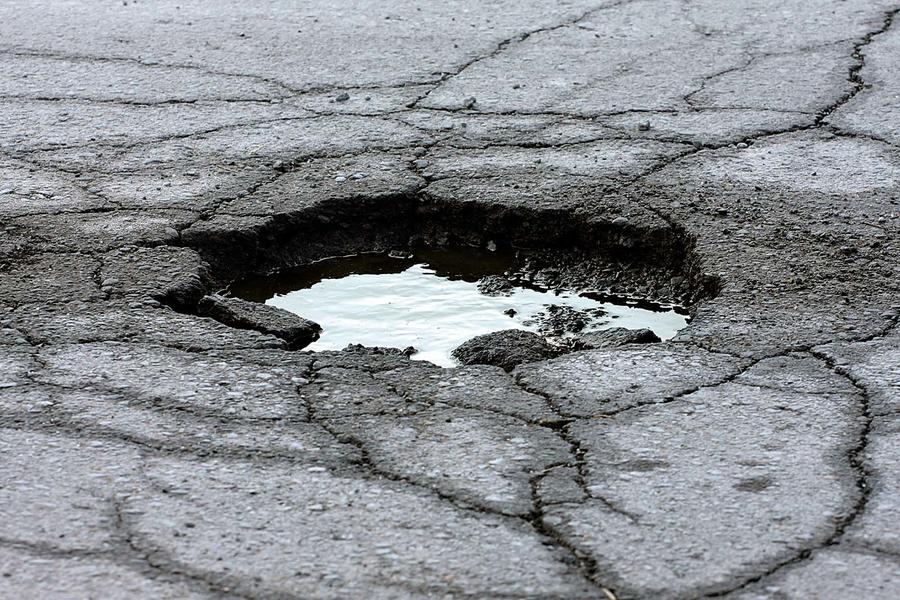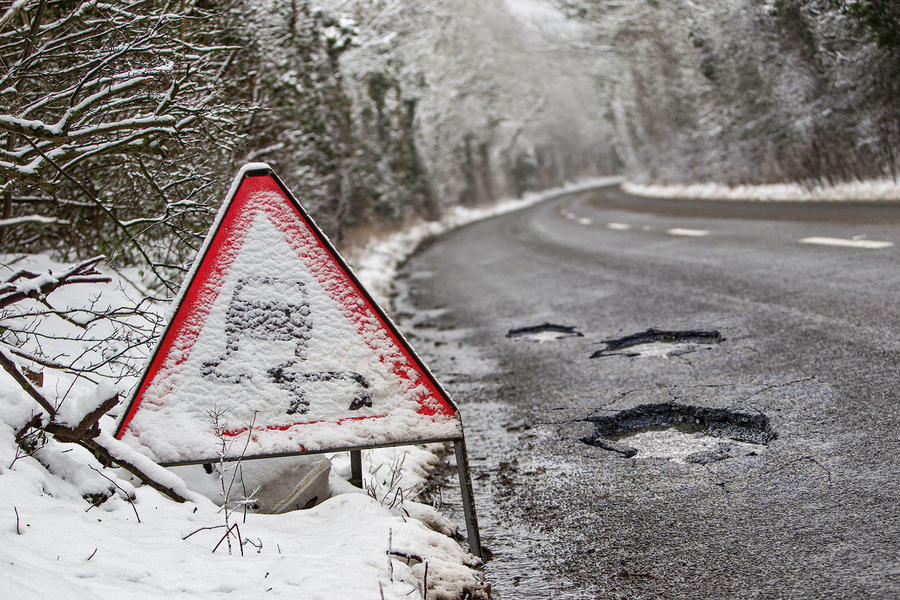Councils had £480m cut from 2022 road maintenance budget
Scarcity of bitumen, funding cuts and bad weather condense issues with lumpy roads
Soaring inflation and the squeeze on council budgets are set to make a dent in the roads maintenance budget as local leaders tighten spending belts – even though the Autumn Statement in November made no direct mention of a highways funding cut.
Thought to be most at risk is the £2.5 billion repair fund pledged in 2020. Spread over five years, this fund promised councils £500 million a year to spend on resurfacing roads, as well as repairing potholes and infrastructure, including bridges.
The government said the annual grants were enough to fund the repair of 10 million potholes each year, although it is up to individual councils – which receive less than half their money for the repair and maintenance of roads from the government – how they spend it. Yet no sooner had Westminster given them the extra money last year than it reduced its contribution to councils’ roads maintenance budgets by £480m, virtually cancelling 2022’s share of the £2.5bn repair fund.

As a result – and together with rising maintenance costs (in August, councils reported a 22% increase in the cost of repairing a pothole), higher prices for bitumen now that Russia, once a major source, is banned from supplying it, and reductions in council spending – the outlook for the condition of UK roads is bleak.
This was compounded by reports of one pothole in Surrey being the cause of at least 12 vehicles experiencing burst tyres and damaged wheels in just one evening.
In its most recent survey, published last March, the Asphalt Industry Alliance – a trade body that campaigns for improved roads maintenance – reported the backlog for carriageway repairs had increased by 23% on 2021’s figure to £12.64bn. It blamed a lack of investment and an absence of long-term planning.
Rick Green, chair of the AIA, said: “The link between continued underinvestment and the ongoing structural decline and below-par surface conditions of our local roads is clear. To ensure we have a safe, resilient and sustainable network, a longer-term approach and significant investment is still needed.”
Nicholas Lyes, head of roads policy at the RAC, criticised short-term repair policies: “Repairs are often a ‘sticking plaster’ and their quality dictated by the money each council considers necessary and can afford. We’ve been fortunate in having two reasonably mild winters in succession but the roads are crumbling. The one thing stopping them from falling apart is the absence of ice and snow.”

But as this winter bites, ice and snow have already struck. This and strained budgets are likely to mean more potholes. According to the RAC, potholes already top the list of motorists’ concerns and 86% of those who responded to the organisation’s 2022 Report on Motoring said they have had to steer to avoid potholes on several occasions.
Its findings are supported by the AA, which says that in the first two weeks of November, it attended an extra 225 daily callouts related to punctures and damaged wheels caused by potholes.
AA president Edmund King said: “[This] is shocking and will only worsen as the weather turns cold.”
One bright spot on the horizon is the government’s second pledge, made in July, to introduce measures to penalise utility and construction companies that leave road surfaces in a bad condition after completing street works.
There were fears that the pledge may become a victim of the recent government turmoil but the Department for Transport has confirmed that it will go ahead. Motorists will be hoping that in the absence of sufficient cash for road repairs, it’s a stick that councils will use forcefully and liberally.
Source: Autocar
